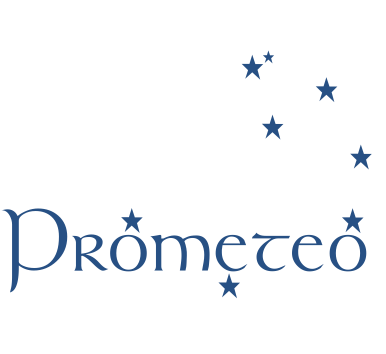Art is also a unique way of reflecting our inner state, psychology and trauma. Art consists of different
practices within itself. These practices feed and complement each other in an interdisciplinary context.
This field, which we also call art therapy; art and psychology with its expressive feature; it is also very
important in terms of helping to analyse our state of mind from the oldest to the present day by
reflecting the inner.
In the context of PABSEM, art therapy uses different materials in the therapy process. The main purpose
of art therapy is to enable individuals to express themselves freely, increase their creativity and reveal
their aesthetic side. Art therapy is a treatment method used in many mental, developmental,
neurological, psychological and behavioural disorders (Özbey, 2009:213). This method is one of the
basic principles of PABSEM.
Art therapy is not a modern invention; it is a therapeutic method whose roots go back to antiquity.
Drawing pictures on cave walls, mummifying the dead, carving ceremonial masks, drawing pictures on
scrolls, drawing graphics in modern times, painting, creating some forms with dough and mud materials
are all examples that show that art therapy has continued throughout history (Filiz, 2016).
Although art therapy is the common child of psychology and art, it has developed as a unique discipline
with both (Vick, 2003). The art therapy approach of the PABSEM project includes all activities in the
field of art practices such as painting, music, poetry and handicrafts. The use of all these artistic
activities to assess and intervene with individuals and groups is the general principle of PABSEM.
Art therapy, which we consider to be a very old form of therapy, is reuniting with its existentialist and
phenomenological origins; in this age of criticism, psychotherapy is trying to establish its traditional
relationship with other fields that have broken away from philosophy. With the work of Otto Rank,
psychotherapy has been able to free itself from the narrow field of the factual approach of the analytic
method and to expand into the cultural and symbolic field of the phenomenological method, which
opens up with all the diversity of the postmodern approach with its spiritual and cultural richness.
Psychotherapy has realised that a one-sided, analytical and positivist perspective is not enough, by
establishing a relationship with the cultural and symbolic sphere of existence, with all its activities,
which can comprehend the human being holistically. Art, the most effective and inclusive activity of
human culture, contributes to psychotherapy in this way
During the PABSEM process, various books, music, creative drama, play, dance and bibliotherapy were
used in art therapy. The use of these techniques and workshops for therapeutic purposes not only
provides ego satisfaction but also increases the social functionality of the person. Art is, in fact, a means
of emotional expression.
Art therapy in the PABSEM process consists of two phases: the creation of art (spontaneous artistic
creative process) and the exploration of the meaning of the creation (structured creative approach). It
is based on Freud and Jung’s concepts of the unconscious. Accordingly, visual symbols and images are
considered to be the most accessible and natural form of communication. People can express through
their emotions what they cannot express verbally. The field we call art therapy, expressive art therapy
or creative art therapy enables people to express themselves through their creativity. Art therapy,
which can be applied to painting, sculpture, photography, drama and storytelling, also makes us look
at ourselves and our environment from a different perspective and interpret our environment.
In the context of PABSEM, many possible branches and methods of art can be used in art therapy. It is
important that the psychotherapist knows which method to use for which purpose and is experienced
in this area. For example, the therapist may ask the client to draw a tree during the session. In his/her
instructions he/she may ask the client to draw the roots, the trunk and the branches of the tree. He/she
may ask him/her to colour this tree. Then comes the phase of making sense of the resulting tree work.
Which tree has the client drawn? Is the tree familiar? For example, has he drawn a tree in his own
garden or an imaginary tree? Are the roots of the tree under the ground? What does the trunk look
like? For example, are there any wounds, knots, hollows? If so, what do they mean to the person? Does
the tree have leaves, have the leaves fallen off? What season is it in? Are there leaves and branches?
Are they thin or bushy? Why did the person draw it like this? What did the person think when they
drew the tree? What feelings did he/she have? With these and similar questions, the tree drawing
activity is used as a technique to help understand and make sense of the psychological problem. The
therapist may also ask the client to bring some photographs. When the drawing of the tree is finished,
the therapist may ask the client to compare the tree to him/herself and to place the photographs of
the people who symbolise the roots and branches where they belong. After the photos have been
placed, it can be discussed whose photos were placed on the roots and whose on the branches, and
why they were placed as they were. What the roots symbolise and what the branches symbolise can
be discussed. What this work makes the person feel should be discussed so that this work becomes an
art therapy practice rather than an art activity.
The effective use of art here is to see art as a power that enables transfer. It assumes that the individual
can express his/her psychological distress not only through language but also through skills, drawing,
dance, theatre and music making, and that the therapist can understand and interpret the resulting art
product. PABSEM is therefore an eclectic process.




